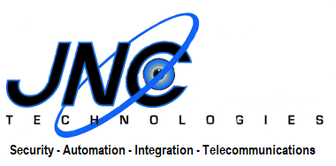|
Higher Resolution
IP cameras are digital end to end, and use progressive scanning to make full use of camera imagers - providing up to 25% more resolution than analog cameras with similar imagers. IP is also available with Megapixel cameras, delivering super-high resolution images with 30 frames per second of real-time video. Lower Cable Cost Analog cameras can require up to three cables - video, audio, and power - for each and every camera. IP cameras can transmit all three (and more) on a single network cable. Even better - cable is less expensive, a single cable can handle 4-8 or more cameras, and network cable is probably already wired throughout your building. That results in significant savings - especially considering the cost of copper these days. Future Proof Like computer devices and programs, IP gear is easily updated for new capabilities and compatibility as technology advances. Secure Transmissions End-to-end, IP video systems encrypt your data to ensure your complete privacy, eliminating the need for expensive fiber optic cable. System Integration IP video systems can easily team with your alarm systems. Many can also integrate with lighting, environmental and access controls for a virtual presence anywhere. And thanks to industry standards and alliances, IP video systems are increasingly compatible across manufacturers. Infinite Distance IP data travels exactly like computer data. Just as computers may communicate with each other from anywhere in the world via the Internet, a camera can be across the room or across the world and your recorder doesn't care. Flexibility No longer do you need to buy an entirely new recorder just to add a few extra cameras in problem areas. With IP video, you can add additional licenses for the recording software to match how many cameras you need when you need them. This can save thousands in comparison to analog systems, which often require a new DVR to add even a single camera. |
|


